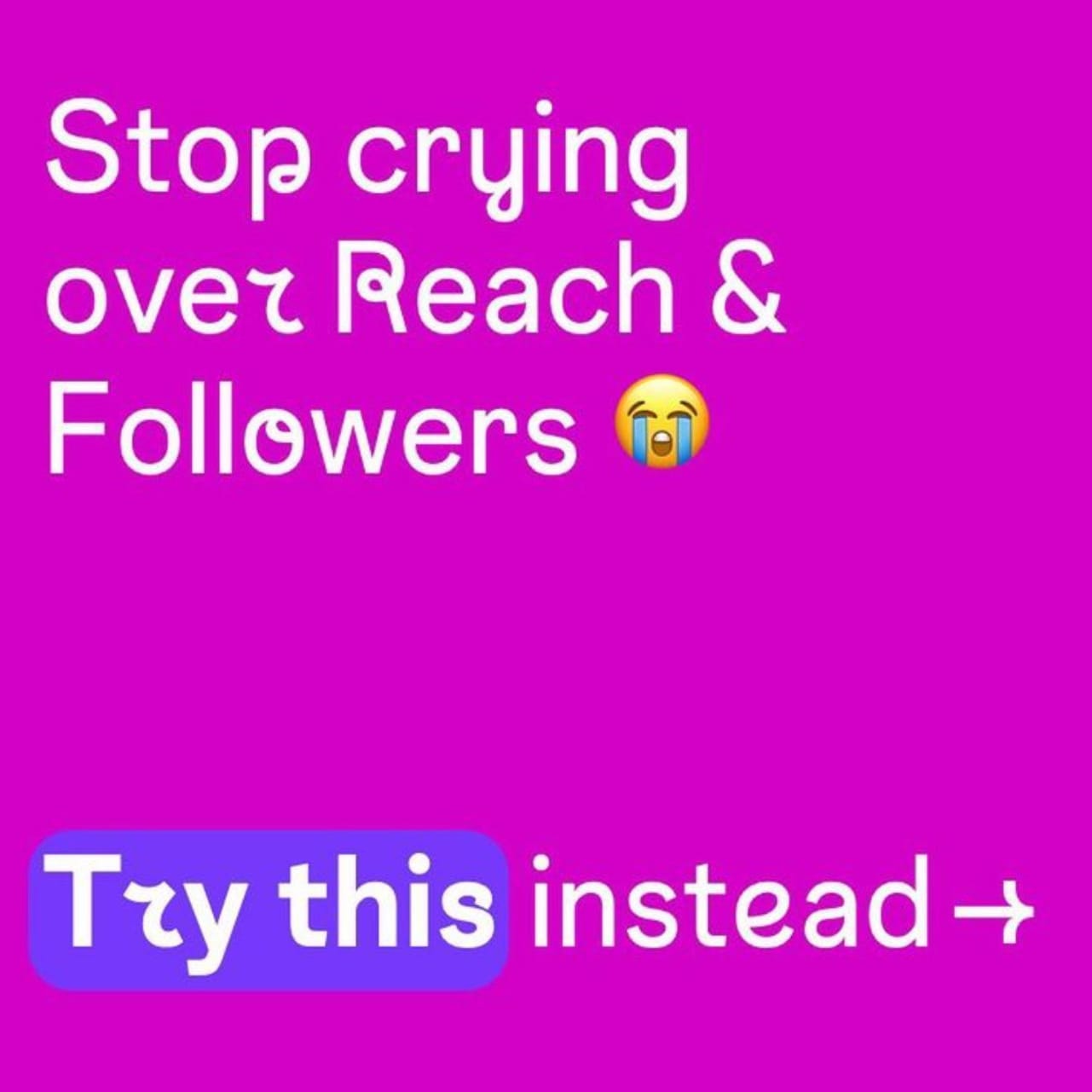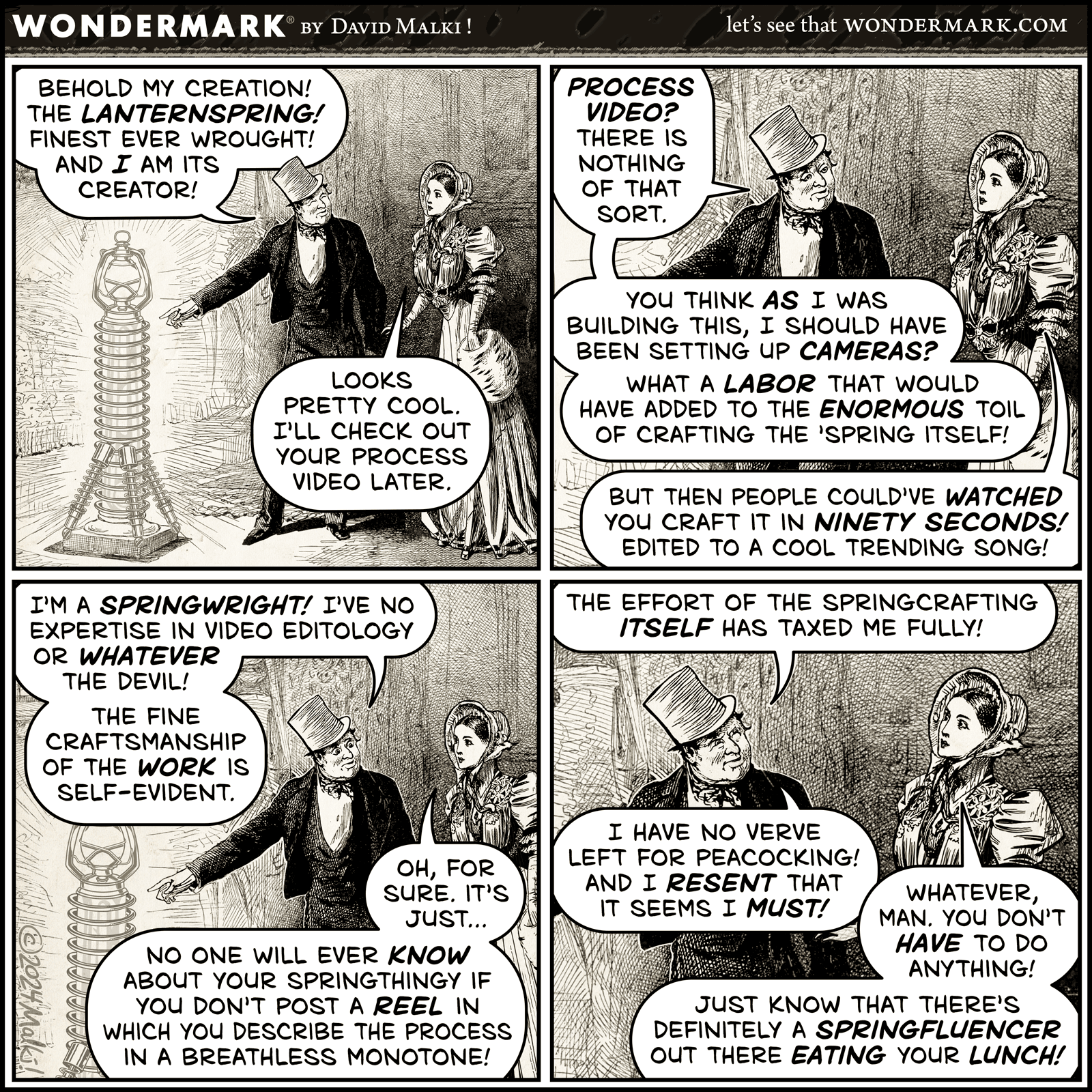Marketing Without Social Media: Advice for Your Creative Business
The problems with marketing creative businesses on social media, and alternatives to set you free.

I have recently been thinking a lot about the current state of social media, 'artificial intelligence' (AI), and the surveillance model that underpins both. Meta's Instagram and Facebook are where much of the worldwide sign painting community congregate and share their output, with marketing communications as a key motivating factor. However, many are increasingly frustrated by the ways these platforms operate and, in particular, the need to serve the algorithm, or pay per view.
Once within a closed network, it can feel like you're trapped; check out Archie Proudfoot's Instagram 'cold turkey' experience, for example. However, as Johanna Renoth outlines below, there are alternative marketing channels, and these are often better placed to serve your real communications needs. They can also give you greater ownership and control, rather than building your creative business solely on someone else's platform.
Marketing Without Social Media
By Johanna Renoth
How do you feel about social media? Do you get up in the morning, eager to share your work on Instagram? As a creative, promoting your work on social media probably doesn’t send shivers of excitement down your spine. If that’s the case, you’ll find this article on marketing without social media helpful.
In it, you will learn why social media marketing is so hard, and why that has nothing to do with you. We’ll also cover how you can market your work with less or no social media, and which alternative marketing channels you can use.
The Bigger Picture: Why Social Media Marketing is So Hard
Social media marketing can feel like a drain on your life force, as if you’re constantly feeding a hungry, ungrateful beast that hardly ever returns any affection to you. Advice on how to address this tends to focus on trying harder, getting a better strategy, automating posts, or even outsourcing social media marketing.
However, this doesn’t work. Doing more or going harder at it won’t automatically produce more favorable outcomes. This type of advice also doesn’t consider the big picture challenges social media presents.

When you market your business on social media, you need to be aware that you’re playing according to somebody else’s rules. How you interact with your (prospective) customer base on these platforms is determined by how tech companies set their algorithms. You are never fully in control of communication on a platform like Instagram, as the algorithm decides who sees what and when.
The key challenge for creatives is that you must play to the algorithm to be seen. This can feel draining, because it asks users to communicate and interact in a way that is not how organic communication between humans works. What’s required of you by the algorithm might not be how frequently you yourself would like to be active on the platform—which can lead to the impression that social media marketing is an inescapable hamster wheel of posting, liking, and commenting. If not managed well, this can be an accelerating factor for burnout.

From a strategic point of view, social media is problematic, because it is a marketing channel you cannot own. Meaning: the audience and community you spend months or years building is locked into the platform. You cannot move your followers between LinkedIn and Instagram, for example. This creates dependency and keeps you in marketing set-ups that may not be beneficial to you. At the same time, the cost of leaving may feel too high given all the time and energy you invested in building your following. This dynamic is exacerbated when your business’ entire existence depends on social media, when you don’t have a website or use additional marketing channels.